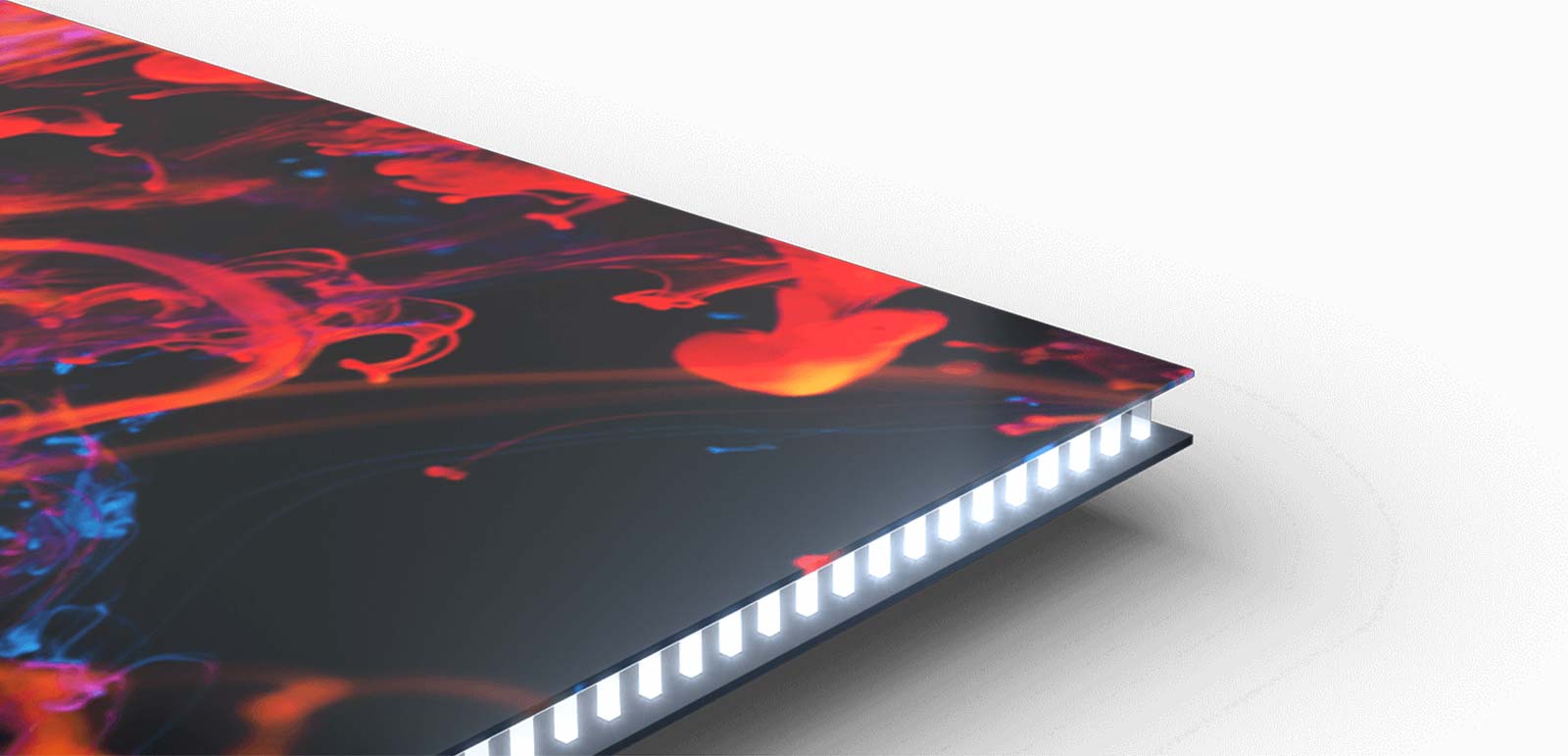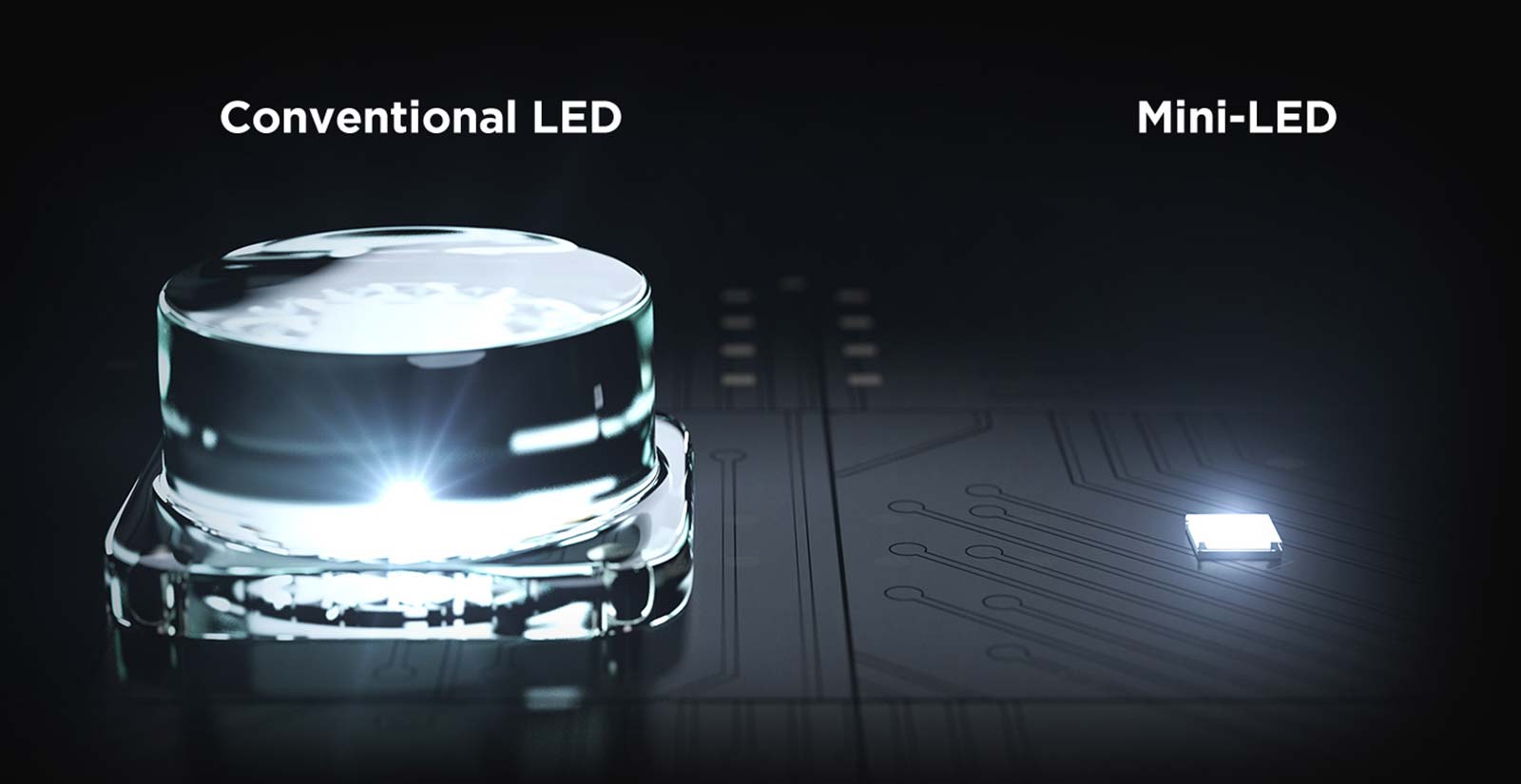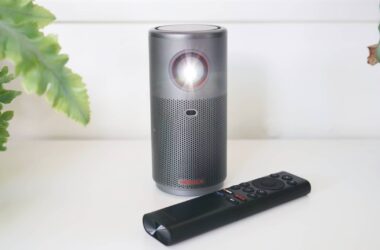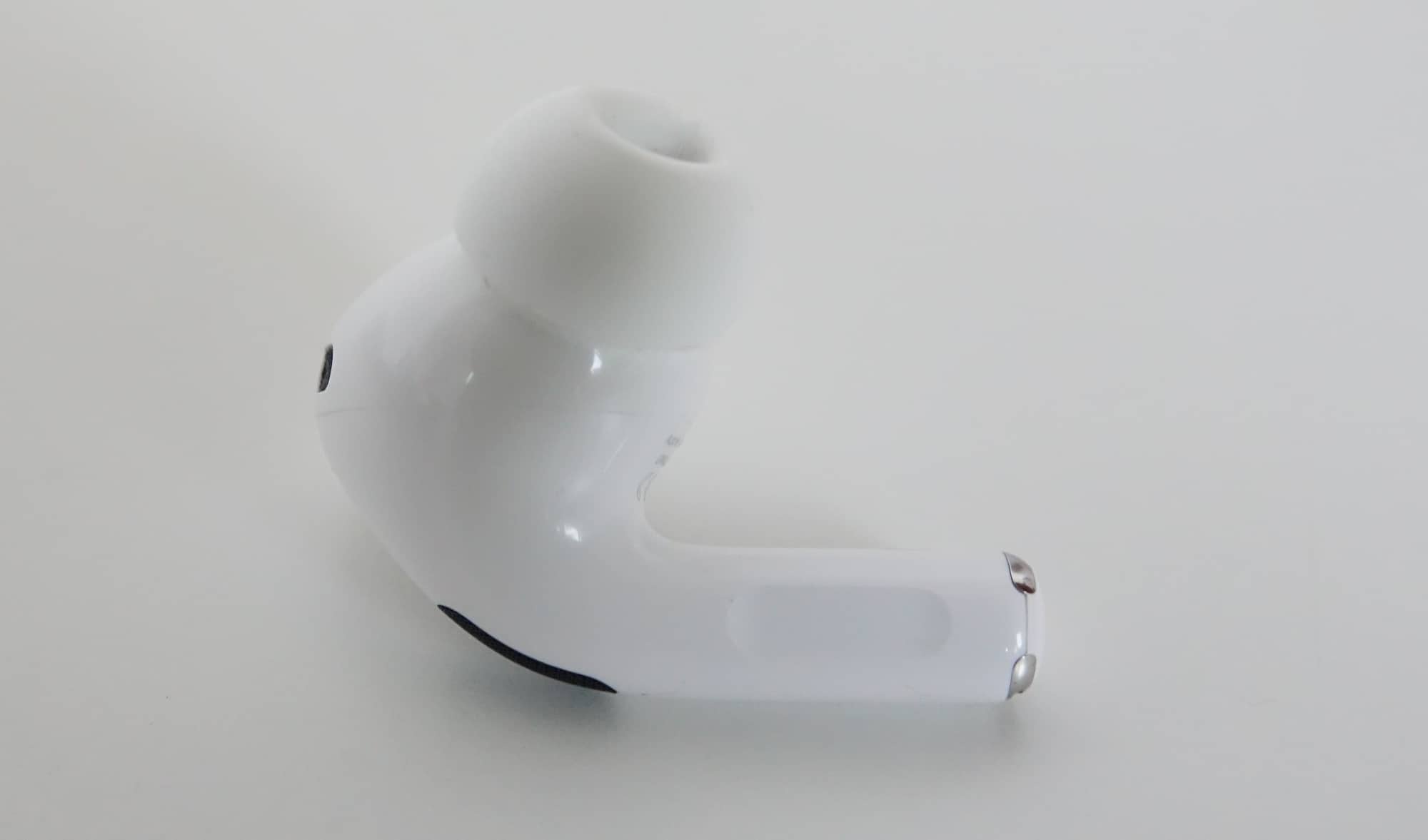A technology kicked off by TCL is making waves in TVs this year, and TCL is ready with a new generation of the Mini LED tech.
If you’re looking for a consistent theme in TVs set to be released this year, Mini LED might well be it. The concept breaks down the LED backlighting used in conventional LED TVs and makes them smaller. Much smaller.
Tiny LEDs sit behind an LCD panel in Mini LED TVs, lighting up smaller sections of the TV than LED blocks have in previous TVs, essentially driving more tightly controlled clusters of what you see on the TV. It’s about the best way right now for an LED-backlit television to emulate what a self-lit OLED TV does, and it’s something coming to lots of TVs this year.
Samsung has announced TVs with Mini LEDs in 2021, as has Hisense and LG plans to, as well with QNED TVs. There’s even a Mini LED monitor coming from Dell. About the only company not looking at Mini LED is Sony, which introduced something else entirely. But one company has been dabbling in Mini LED longer than most, and that’s TCL, which saw the technology last year in released TVs.
This year, there’s more of them coming, and an improvement in how TCL makes them, with what it calls a third-generation Mini LED technology it calls “OD Zero”, which is marketing jargon for TCL breaking down the optical distance between the LED backlighting layer and the LCD screen to 0mm, essentially marrying the two together.
It’s a development TCL says should deliver rich colours and uniformity for what happens when lighting does its job with visuals on screen, creating thousands of dimming zones due to tiny LEDs compared to the larger ones of regular LED-backlit TVs.
“We believe that Mini LED technology will continue to shape the TV industry,” said Kevin Wang, CEO of TCL.
“After deploying two versions of Mini LED, in 2021 we will launch the world’s first OD Zero Mini LED TV as part of TCL’s endeavour to let people worldwide ‘Experience More’.”
Right now, there’s no word on when the OD Zero version of TCL’s Mini LED will launch in Australia, though our expectation is in the second half of the year, possibly timed to replace the Mini LED models we saw in the middle of 2020.







